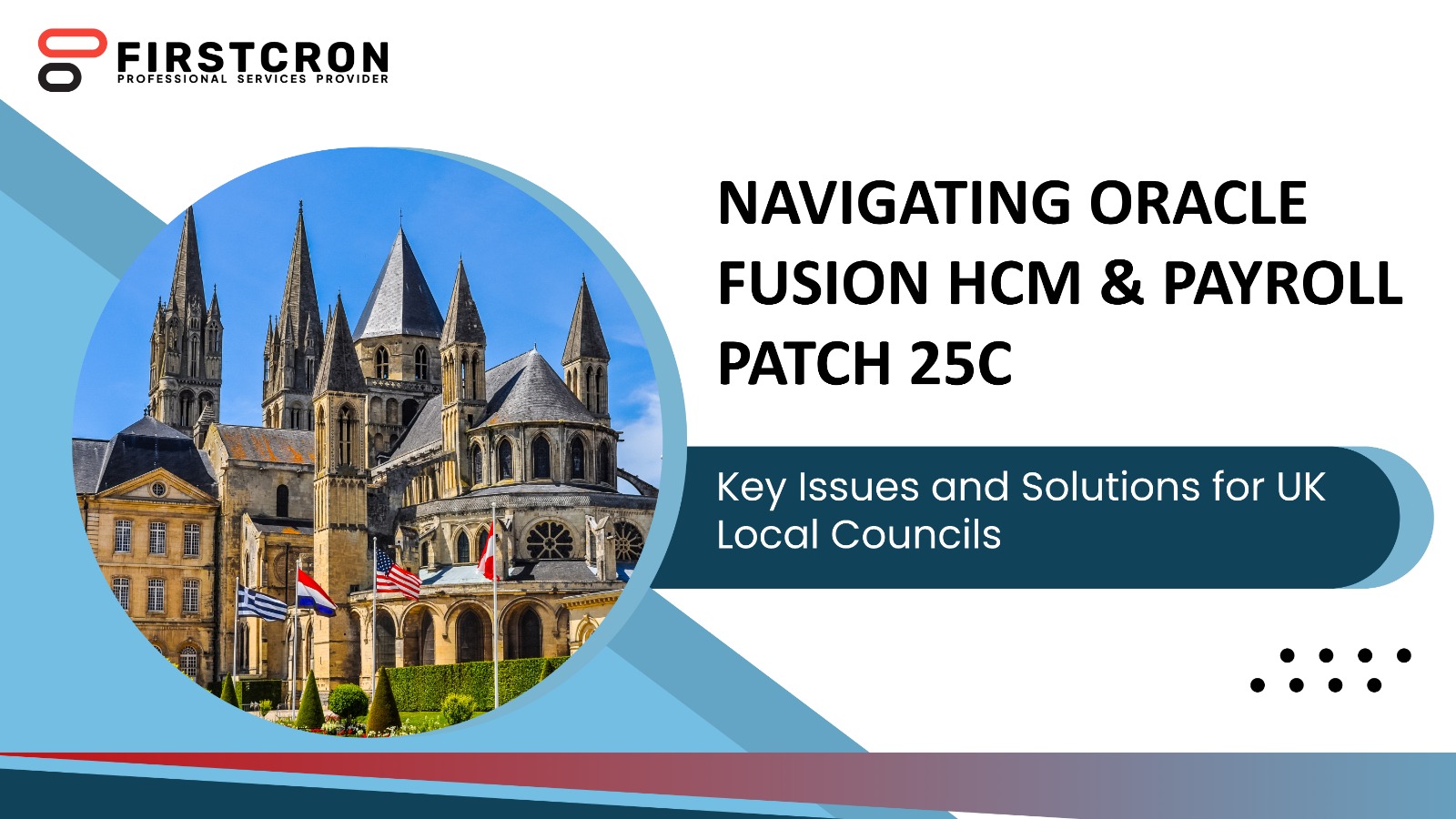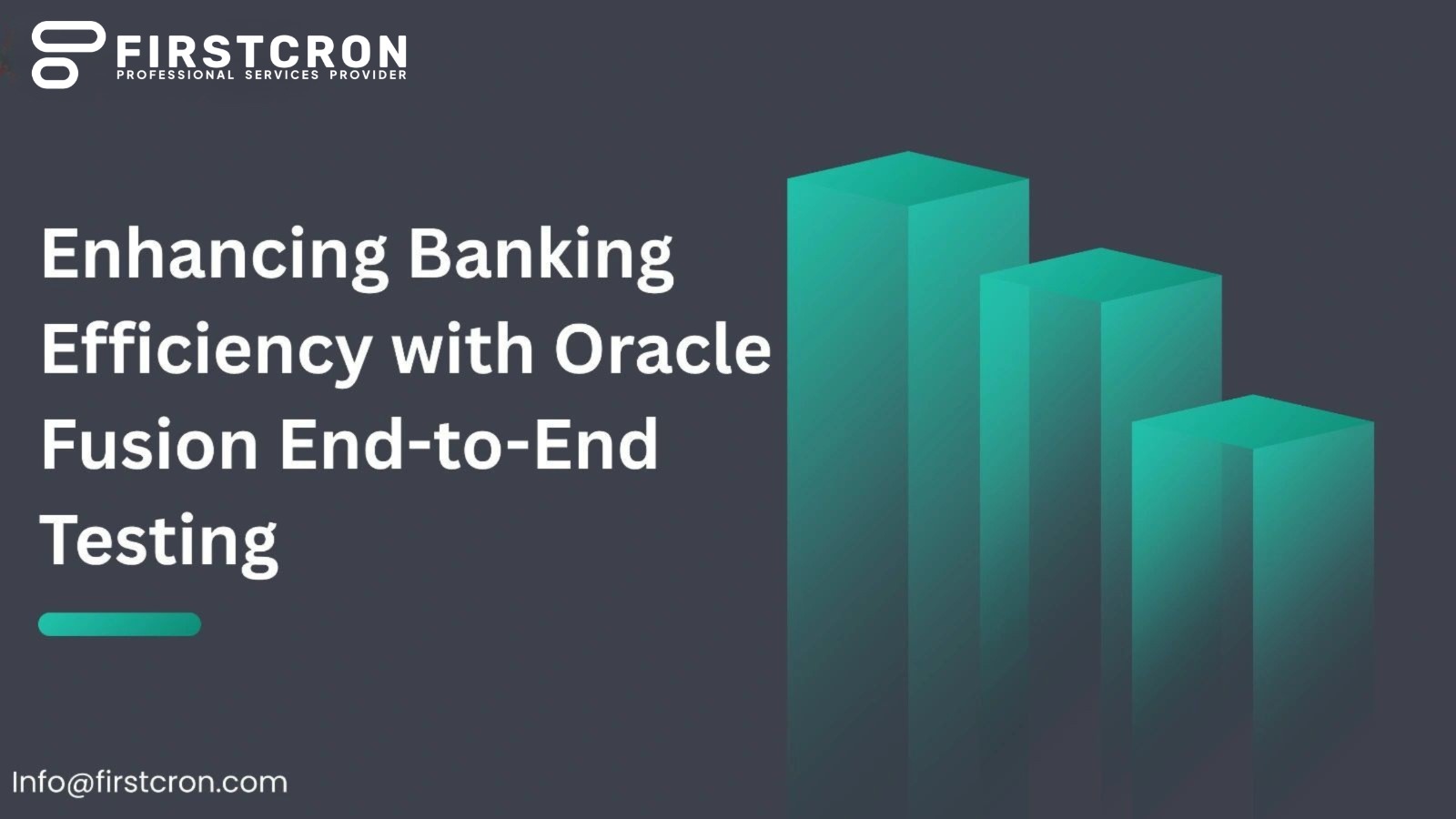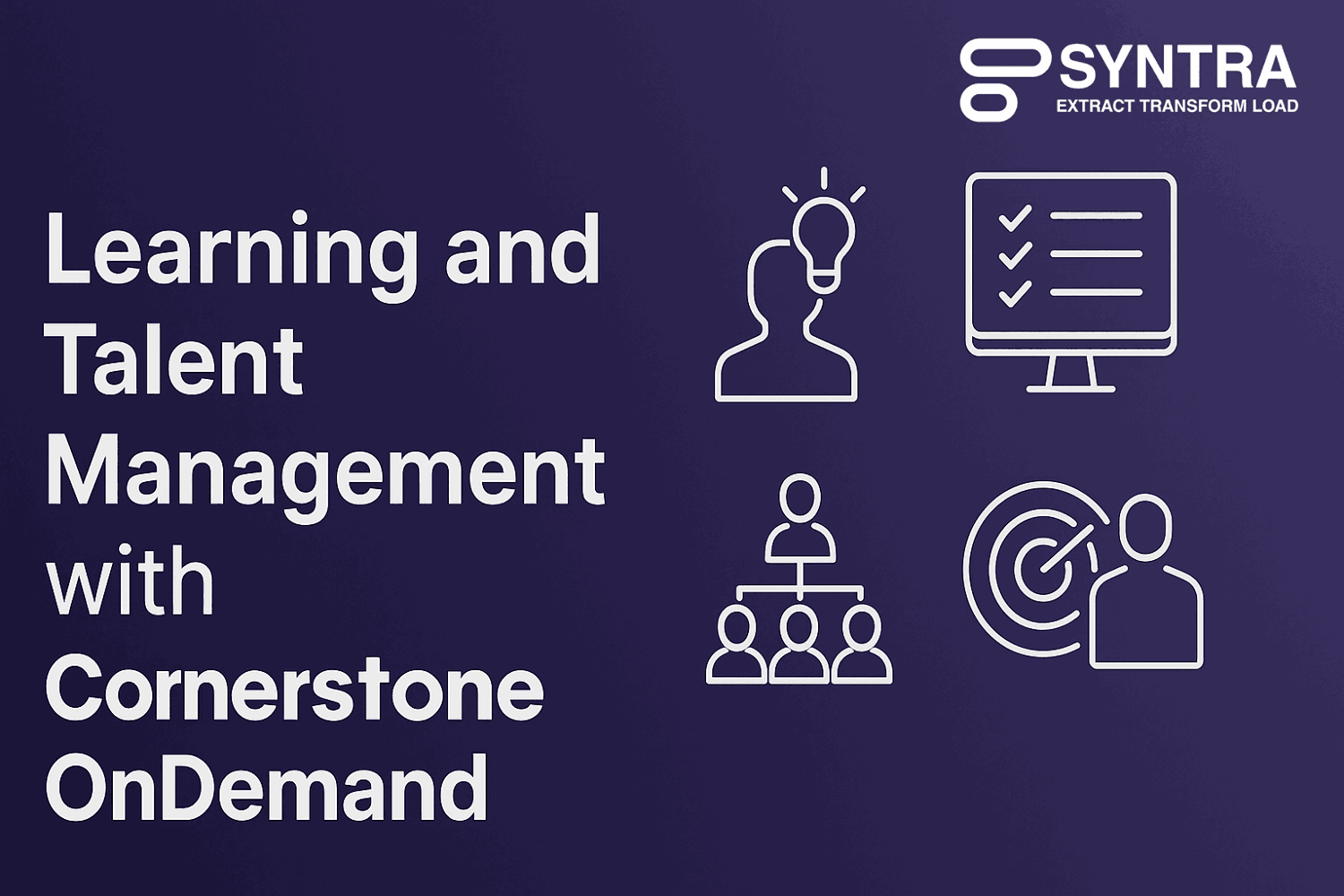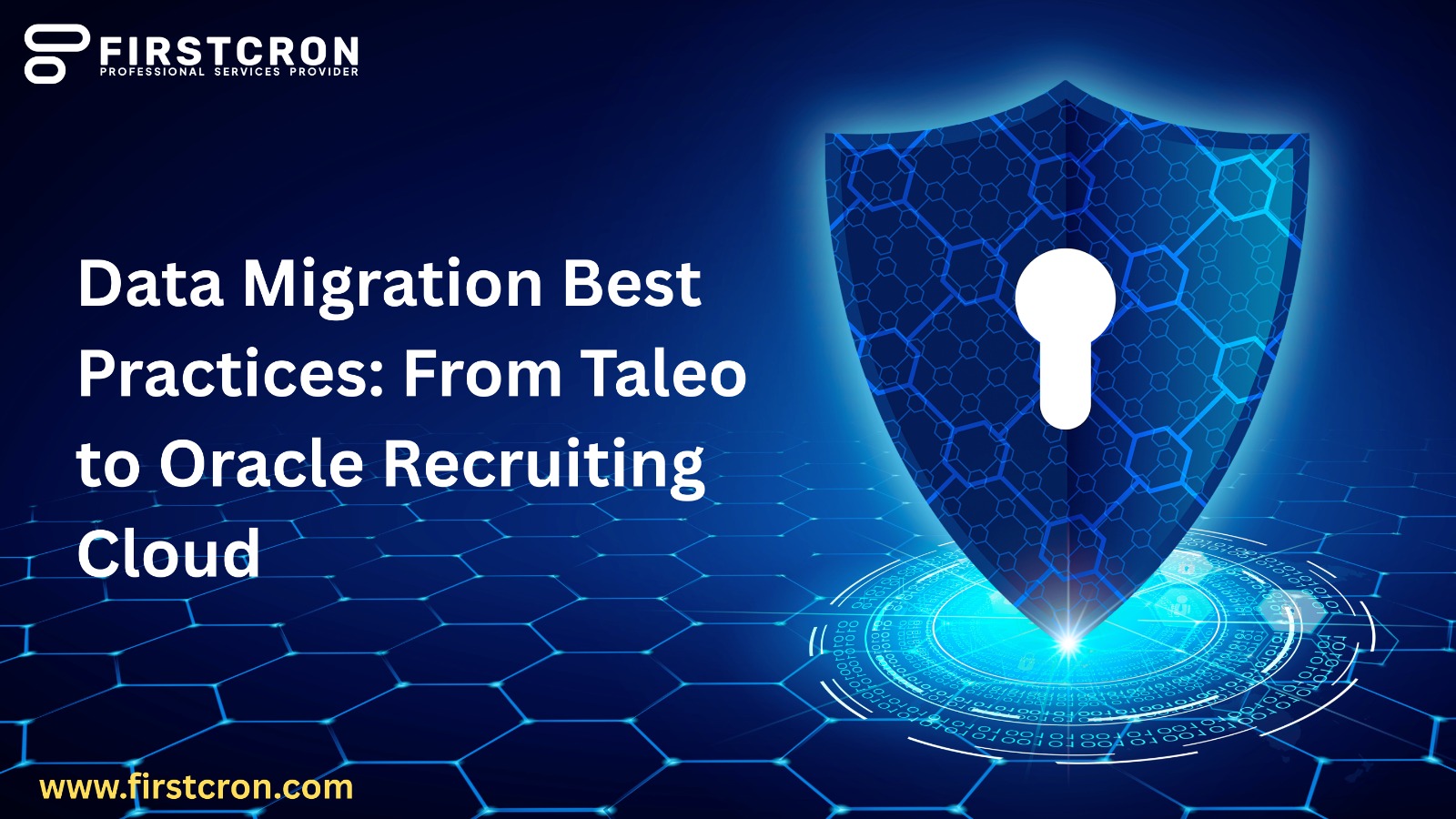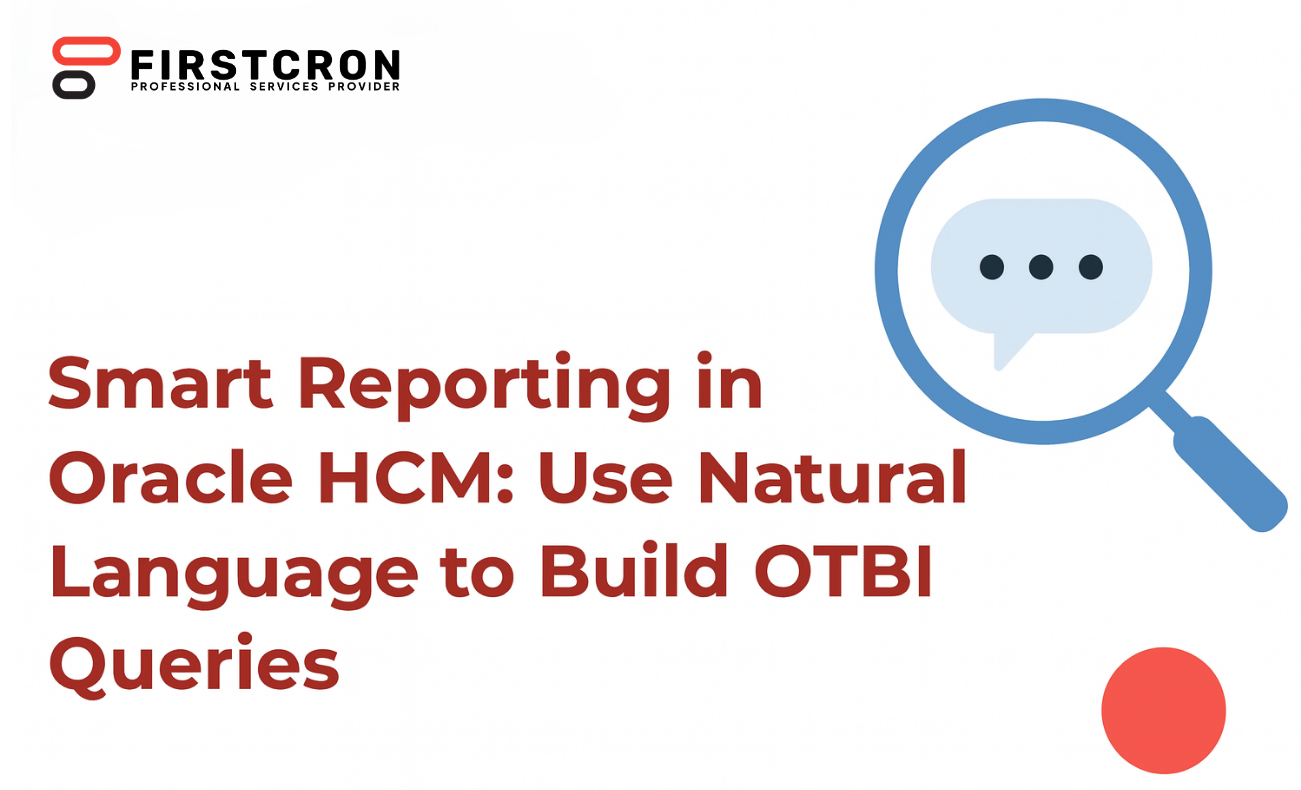
Human Capital Management (HCM) and workforce management platforms have become foundational for organisations that need to manage employees across multiple regions, roles, and regulatory environments. As hiring models evolve and compliance intensifies, businesses cannot rely on spreadsheets, disconnected tools, or manual workflows to manage HR operations. HCM systems centralize employment data, while workforce management tools handle scheduling, time, attendance, absences, and labour optimization. When combined under a single vendor, organisations gain a streamlined, future-proof approach to managing people, policies, and productivity.What HCM vendors typically
In this blog we’ll cover
- What HCM Vendors Typically Provide
- What Workforce Management Vendors Focus On
- The Power Of Choosing A Single Vendor For Both
- Core Capabilities Enterprises Expect
- Compliance As A Built-in Requirement
- Integration With Payroll And Finance Systems
- Digital Transformation And Automation
- When To Consolidate Vendors
- Common Scenarios That Trigger Migration
- Analytics And Workforce Intelligence
- Employee Experience And Self-service
- Scalability For Global Operations
- Technology Stacks And Ecosystem Alignment
- Implementation And Change Management
- Cost, ROI, And Vendor Selection
- Future Of HCM And Workforce Management
- The Bottom Line
What HCM Vendors Typically Provide
HCM vendors focus on the full employee lifecycle, from recruitment through offboarding. Their platforms usually include core HR data management, onboarding workflows, performance tracking, benefits administration, and employee self-service. Many leading systems integrate learning management, skills development, and talent mobility. By consolidating employee information and processes, companies improve data accuracy, accelerate decision-making, and eliminate redundancies across HR teams.
What Workforce Management Vendors Focus On
Workforce management platforms specialize in the operational side of labour: scheduling, shift planning, time tracking, overtime calculations, and absence management. These systems help reduce labour costs, enforce scheduling rules, ensure coverage, and comply with working time regulations. They are especially critical in sectors like retail, manufacturing, logistics, and healthcare, where front-line employees work variable shifts and coverage gaps have immediate operational consequences.
The Power Of Choosing A Single Vendor For Both
Choosing a vendor that provides both HCM and workforce management capabilities avoids system conflicts and poor data synchronization. When payroll, schedules, contracts, and employee details live in one ecosystem, it reduces duplicate entry, data mismatches, and delays in updating policy changes. Employers gain a unified view of headcount, productivity, and labour costs, which supports smarter planning and improves responsiveness during audits, reorganizations, or market expansion.
Core Capabilities Enterprises Expect
Modern HCM and workforce management vendors must handle more than just compliance and record-keeping. They are expected to deliver AI-powered insights, automated workflows, predictive scheduling, and real-time dashboards. Employees want mobile access for leave requests and payslips, while managers need tools that streamline approvals and team coordination. Vendors that lack self-service, APIs, and analytics fall behind organisations seeking agility and automation.
Compliance As A Built-in Requirement
Regulatory compliance varies globally and changes frequently. Vendors must support GDPR, wage-and-hour rules, overtime allocation, working time directives, and local employment contracts. Workforce management tools enforce scheduling rules and break entitlements, while HCM systems ensure correct employment classifications, statutory benefits, and reporting. By encoding compliance into workflows, companies reduce risk without adding new headcount or consulting layers.
Integration With Payroll And Finance Systems
Although HCM and workforce management platforms cover many HR functions, payroll sits at the centre of financial accountability. Leading vendors integrate cleanly with payroll engines or include native payroll modules. This ensures accurate gross-to-net calculations, tax deductions, and payslip generation. Finance teams also benefit from direct feeds into cost allocation, budgeting, and forecasting, improving corporate planning and consolidation.
Digital Transformation And Automation
Businesses adopt HCM and workforce management tools to replace paper processes, eliminate manual approvals, and ensure data consistency. Automated onboarding, digital contracts, centralised time capture, and workflow routing shorten cycle times. With a single source of truth for employee data, organisations reduce errors and accelerate HR service delivery. Automation also frees HR teams from administrative tasks so they can support strategy, planning, and culture.
When To Consolidate Vendors
Many companies start with disconnected systems for applicant tracking, scheduling, payroll, and performance reviews. Over time, this patchwork lowers productivity and increases administrative burden. Consolidation makes sense when processes are duplicated, reporting is fragmented, or global expansion demands standardisation. Moving to a single vendor reduces licence costs, integration headaches, and data silos.
Common Scenarios That Trigger Migration
Here are common scenarios that trigger migration to a unified HCM and workforce management vendor:
- Entering new countries and needing consistent HR workflows
- Reducing errors caused by duplicate data entry between systems
- Moving off outdated legacy or homegrown platforms
- Scaling to support remote, gig, or shift-based workers
- Centralizing reporting for compliance, finance, and leadership
Analytics And Workforce Intelligence
Beyond administration, organisations want insights. Advanced HCM systems offer headcount analytics, turnover trends, performance metrics, and skills mapping. Workforce management tools analyze PTO usage, overtime costs, coverage gaps, and hourly productivity. Combining both datasets enables better forecasting, scenario planning, and labour optimization. Leaders can identify inefficiencies and act faster with real-time metrics.
Employee Experience And Self-service
Modern employees expect digital access to their information. A unified vendor allows staff to update details, request leave, view schedules, and submit timesheets via mobile apps or web portals. This improves satisfaction and reduces helpdesk queries. Managers can approve changes, adjust shifts, and monitor performance dashboards without going through HR every time.
Scalability For Global Operations
As companies expand into new markets, they require multi-country capabilities with localized compliance. Leading vendors support multiple languages, currencies, labour laws, and contract models. They enable centralized governance while allowing for local configuration. Without this flexibility, growth is delayed by inconsistent processes and policy conflicts.
Technology Stacks And Ecosystem Alignment
Cloud-native platforms with open APIs outperform closed or legacy systems. Organisations want easy integrations with payroll, finance, CRM, identity management, and learning systems. Vendors with extensible architectures allow clients to plug into existing tools without custom coding. This interoperability reduces implementation cost and accelerates time-to-value.
Implementation And Change Management
Deploying HCM and workforce management software requires careful planning. Successful rollouts consider data cleansing, stakeholder communication, user training, and pilot testing. Vendors that provide templates, accelerators, and support teams shorten the transition. Companies that skip change management often struggle with adoption and data quality.
Cost, ROI, And Vendor Selection
Price should not lead the conversation alone. ROI emerges from automation, headcount savings, compliance avoidance, and improved retention. Vendor selection should evaluate scalability, support capabilities, roadmap vision, and long-term fit. Contracts should reflect growth plans, feature expansion, and integration needs.
Future Of HCM And Workforce Management
AI, predictive analytics, skills-based planning, and unified talent platforms are shaping the next generation of vendors. Employers expect scheduling tied to demand forecasting, career pathing aligned to succession, and chatbots that assist with HR queries. Vendors that evolve with these trends will dominate the multi-country, hybrid-workforce future.
The Bottom Line
Choosing the right HCM and workforce management vendor is not just an IT decision; it shapes your company’s ability to hire, retain, pay, schedule, and scale. A unified platform reduces friction, improves compliance, and unlocks workforce insights. Whether you’re centralizing systems, entering new markets, or modernizing HR operations, the right solution delivers immediate gains in control, efficiency, and employee experience—without juggling multiple tools or vendors.
Tags
Related Post
Navigating Oracle Fusion HCM & Payroll Patch 25C: Key Issues And Solutions For UK Local Councils
July 26th, 2025 10 min read
7 Reasons Why Companies Are Moving From Taleo To Oracle Recruiting Cloud
June 2nd, 2025 14 min read
7 Proven Oracle Fusion Testing Principles To Guarantee Defect-Free Cloud Deployments
May 16th, 2025 15 min read
Navigating Oracle Fusion HCM & Payroll Patch 25A: Key Considerations For UK Local Councils
July 27th, 2025 10 min read
Driving Compliance And Security With Smart Testing In Oracle Fusion
June 5th, 2025 9 min read
WEEKEND READS
Navigating Oracle Fusion HCM & Payroll Patch 25C: Key Issues And Solutions For UK Local Councils
July 26th, 2025 10 min read
7 Reasons Why Companies Are Moving From Taleo To Oracle Recruiting Cloud
June 2nd, 2025 14 min read
Navigating Oracle Fusion HCM & Payroll Patch 25A: Key Considerations For UK Local Councils
July 27th, 2025 10 min read
How End-to-End Testing Of Oracle Fusion Enhances Operational Efficiency In Banking
May 23rd, 2025 11 min read
Learning And Talent Management With Cornerstone OnDemand
October 10th, 2025 17 min read
Smart Onboarding Journeys With AI: Personalized Employee Integration Through Oracle HCM Core And Learning
September 13th, 2025 21 min read
UKG (Ultimate/Kronos) — USA And Global, Legacy-to-Modern Workforce Management
October 5th, 2025 23 min read
Data Migration Best Practices: From Taleo To Oracle Recruiting Cloud
May 28th, 2025 13 min read
Smart Reporting In Oracle HCM: Use Natural Language To Build OTBI Queries
August 17th, 2025 20 min read






